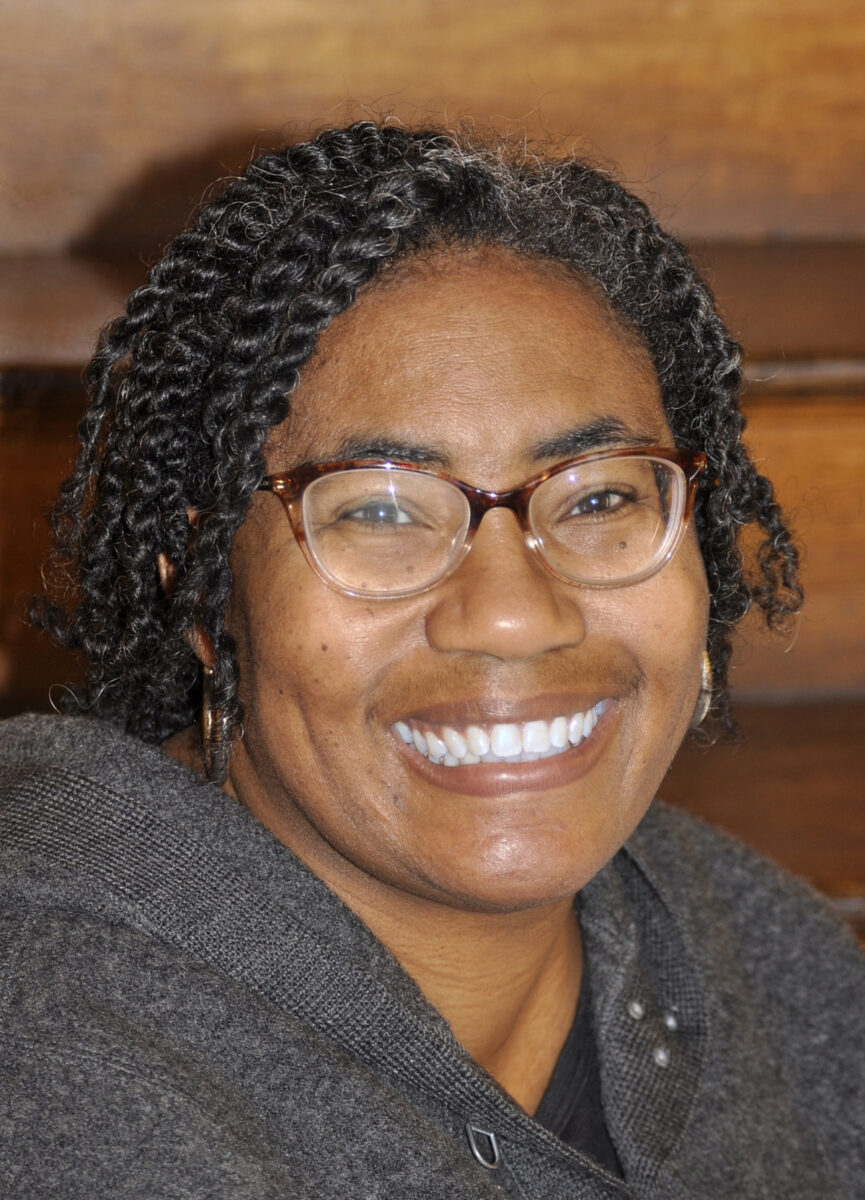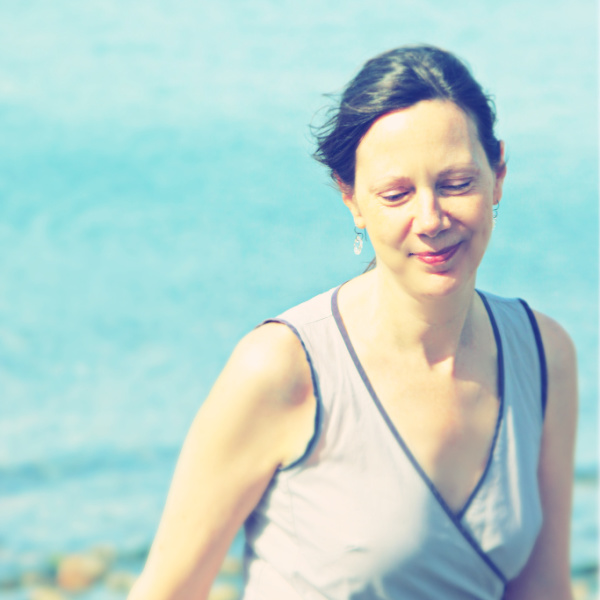For this sixty-second post in the Poets on Craft series, we have DeMisty D. Bellinger and Jill McCabe Johnson.
Poets on Craft is a cyberspace for contemporary poets to share their thoughts and ideas on the process of poetry and for students to discover new ways of approaching the writing of poetry. In the face of a pandemic that is both viral and political, it is a resource for strength and creativity, friendship and beauty, love and rejuvenation. It is thus a celebration of the beautiful and eclectic minds of contemporary poets.
The format is as follows. I emailed poets these questions: “Generally speaking, how do you build a poem? How do you start a poem? How do you move from one line to the next? How do you know when to end a poem?”
With the exception of length requirement, poets are free to respond in whatever manner they find appropriate to their styles and concerns.
Access to Poets on Craft is democratic. Generally speaking, anyone can have free access to these posts. With that said, please consider supporting our poets by clicking on the links in their bios and purchasing their work.
This series is intended for educational purposes only.
DeMisty D. Bellinger is the author of the poetry collections Rubbing Elbows (2017) and Peculiar Heritage (2021), and the forthcoming novel New to Liberty (2022). She teaches creative writing in a small Massachusetts city west of Boston. You can learn more about her at demistybellinger.com.
I hardly ever set off to write a poem. Usually, poetry starts with an idea, image, or phrase. Or sometimes a problem, and in that way, poetry is more like essay in the Montaigne sense: writing to try to figure something out. With those essayistic poems, it’s easier to know when I am at the last line.
Generally, poems begin like a snippet of a melody that I’d hum around until I get the whole tune out. This could take minutes. This could take days. When I begin composing on paper (or screen), it feels like singing aloud. If I can’t get the rhythm or melody down, I will go to a familiar form, like a sonnet, then in revision, I decide whether to stick with that form or not.
Line breaks should work like phrasing in song. It’s difficult to teach this! But we should come to a falling or speeding or slowing of tempo at the end of lines. I think the best way to study and learn the art of breaking the line is to read poets who do it well or to listen to good music.
We should also treat the line break as a literary device. Almost like music notation, we can lead our audience to hear half and full cadences, breaths, and enjambments with the words we choose for the line endings. Sometimes we get there with words we were taught to eschew at the end of lines, the little words such as conjunctions, articles, and prepositions.
I mostly studied fiction, where I learned the art of compelling readers from beginning to end. The first sentence should whet your curiosity, and every subsequent sentence should satisfy those before it (did I learn that, or did I discover that? I don’t know. I can’t remember!). Of course, that insistence should depend on the story itself more than the sentence. Poetry, too, can encourage audiences to continue to that next line, to get to the end, and ultimately sit with the effects of the poem.
That is the usual way of writing poems. There are times when I compose poems differently, sporadically. Most of the work happens, then, in revision.
Jill McCabe Johnson is the author of the poetry collections Revolutions We’d Hoped We’d Outgrown, shortlisted for Jane’s Stories Press Foundation’s Clara Johnson Award in Women’s Literature, and Diary of the One Swelling Sea, winner of a Nautilus Silver Award in Poetry, plus the chapbooks Pendulum and Borderlines. Recent works have appeared or are forthcoming in Slate, Fourth Genre, Waxwing, and Crab Creek Review. Jill is the founder of Wandering Aengus Press and teaches Creative Writing for Skagit Valley College.
Writing a poem is like walking the dog. Sometimes it’s leashed to form. A trail to follow. Or unleashed, roving, wild. We start as poet and transmogrify to animal, sniffing our way by impulse and urge.
Writing a poem is an archeological dig. Or a hunt through the archives of memory and moment.
Writing a poem is like falling asleep, surrendering to the delirium of dreams.
Writing a poem means sculpting with sound. Part assonance, part consonance, and part dissonance. Part providence, arrogance, innocence.
Or forget the dog. Writing makes you a meerkat, screech owl, jellyfish, berserker.
Poeming breaks the bones of what we know. Resets them into a new scaffolding, a dizzying perch for perspective.
A poem is a ribbon of song. A knock on the door. An invitation away from loneliness. A dance into humility and hunger. Wave of slumber. Paeon for pain.
There is no how for writing a poem. No when, or where, or why. Writing a poem is wax on, wax off, inspiration, aspiration, nicker and neigh, lull and frenzy, flight and fray.
Writing mimics the journey of water, effluvial fingers seeping into an ocean, uplift of mist, downpour of sorrow, glisten of crystal, snowmelt of spring.
Writing is an act of survival. The need to express. Lips pressed to mouthpiece or reed. A channel of sound shaped by your embouchure.
Yet each poem is an edict of hope. Whether vision or scree, aubade or nocturne. An incantation, lamentation, a plea, a cri de coeur.
(Featured image by Alexis Rhone Fancher)


